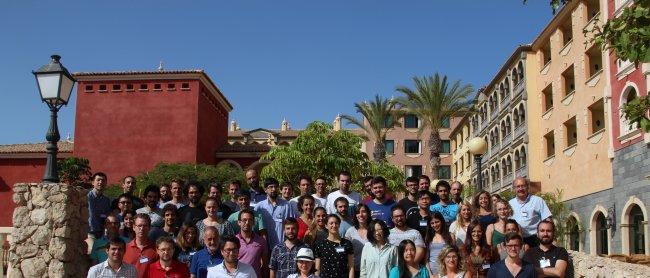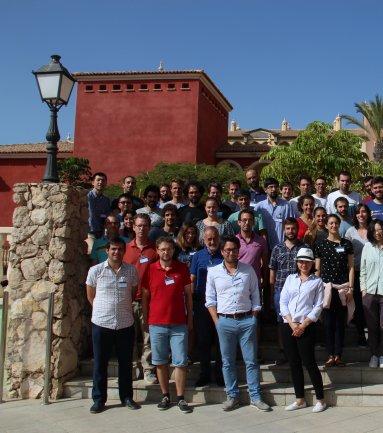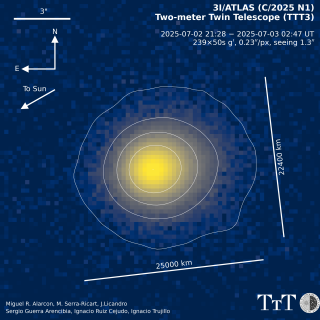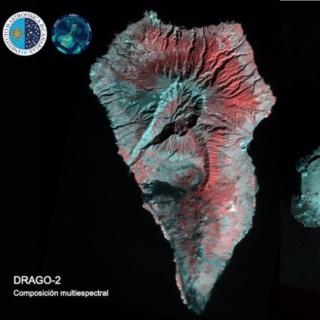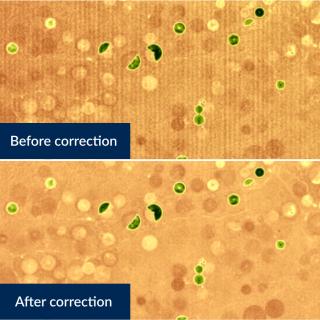Those attending this school have had an opportunity to learn about subjects ranging from the techniques being developed to detect primordial gravitational waves, produced during the epoch of cosmic inflation, barely a fraction of a second after the Big Bang, to the most sophisticated tools which are presently in use to analyze the large surveys of galaxies, aiming to reconstruct the three dimensional distribution of the galaxies with the aim of understanding the final nature of dark energy and dark matter.
The subject matter of the school has covered all the great areas of the evolution of the Universe in which we still have open cosmological questions. The techniques for studying the first instants of the Cosmos, and the forms of energy which existed then, were presented and their traces on the maps of the cosmic microwave background were interpreted. Another of the subjects studied was how we get to know, using astrophysical instruments, about the “dark ages” of the Universe, and the epoch of the formation of the first stars.
In addition the latest results were presented the latest about the process of formation of the galaxies which includes the filaments linking galaxy clusters which are generated during the evolution of the Universe. Particular attention was paid on understanding the nature of the dark energy which causes the accelerating expansion of the Universe, and in this context alternatives to general relativity were considered, and how to verify these using the specific motions of the galaxies as brought out in their spatial distribution. As well as these topics, there were discussions on techniques for determining distance in the Universe, from local objects close to the Milky Way, to much greater distances, using supernovae as the standards required.
During the school there was also an in depth analysis of a technique for measuring the scale of the Universe to ever greater distances using baryon-acoustic oscillations. The difficulty with this method is that to do so it is necessary to find pairs of galaxies at a given distance with an excess probability of only 2%. Many novel statistical techniques are being used to try to derive this information, either studying probabilities for larger groups, such as finding trios of galaxies at given distances, or “undoing” the effects of gravity by observing galaxies at earlier and earlier cosmic times. There was also a discussion about the nature of dark matter, and how to model it with both analytical and numerical calculations, until we can manage to simulate the formation of galaxies including the physical processes levels of individual galaxies and even stars.
There was a series of speakers presenting techniques for determining cosmic parameters which can tell us about the content of the Universe. In particular they discussed techniques based on the cosmic microwave background radiation, the bending of light by the curvature of space-time caused by clusters of galaxies, the distribution of the galaxies, and the transitions between energy levels of neutral and ionized hydrogen ( the “Lyman-alpha forest” and the 21 cm line). Finally there was discussion on how Astrophysics can contribute to particle physics by measuring the masses of the particles which are produced when stars explode, and are the key to the weak nuclear interaction: the neutrinos. The act of closure took place in the presence of Mr. Marcial Morales Martín, the President of the Cabildo of Fuerteventura, and of the councilor for the Environment, Natalia del Carmen Évora Soto.
Related press releases:
